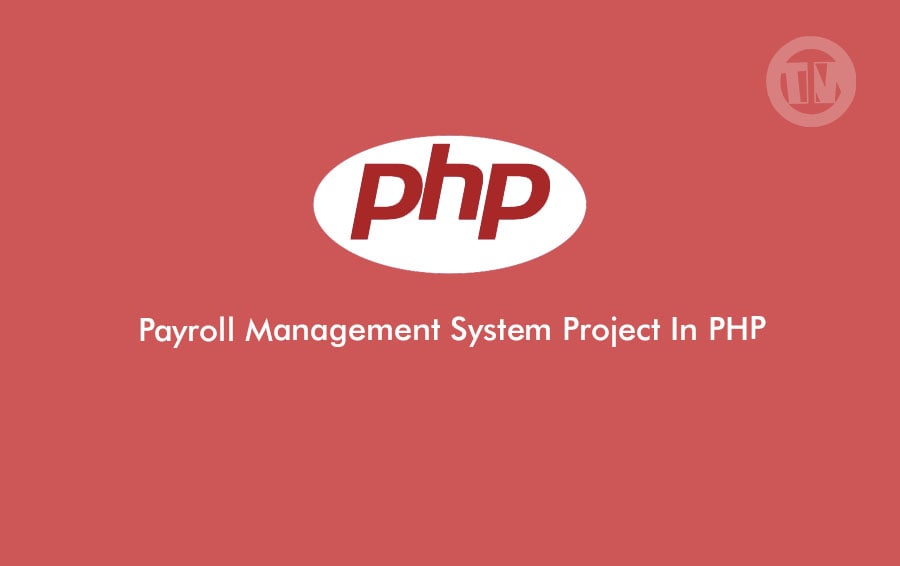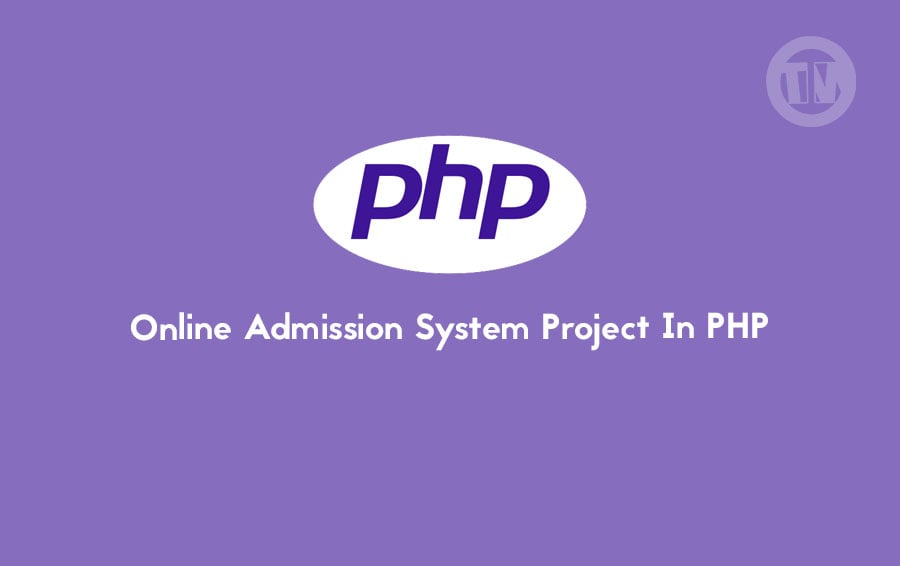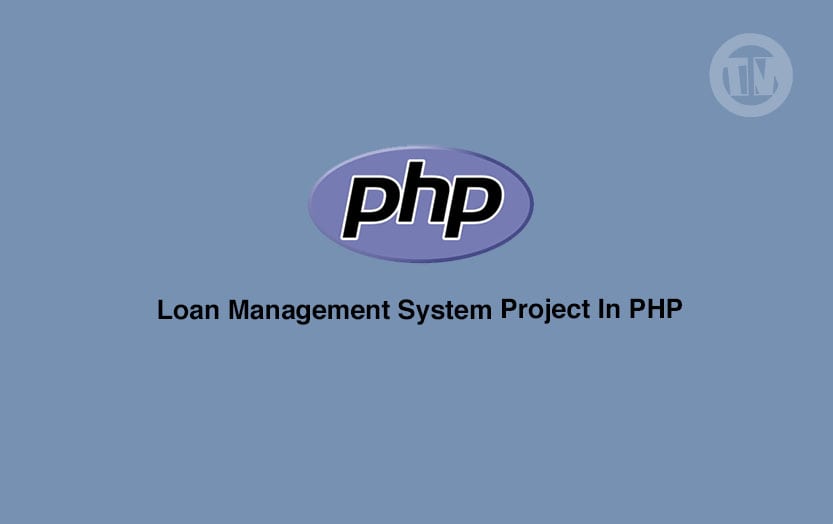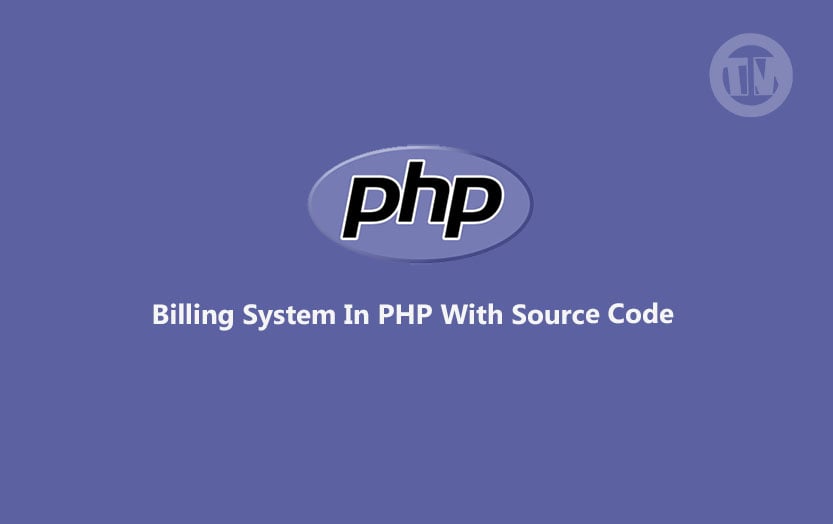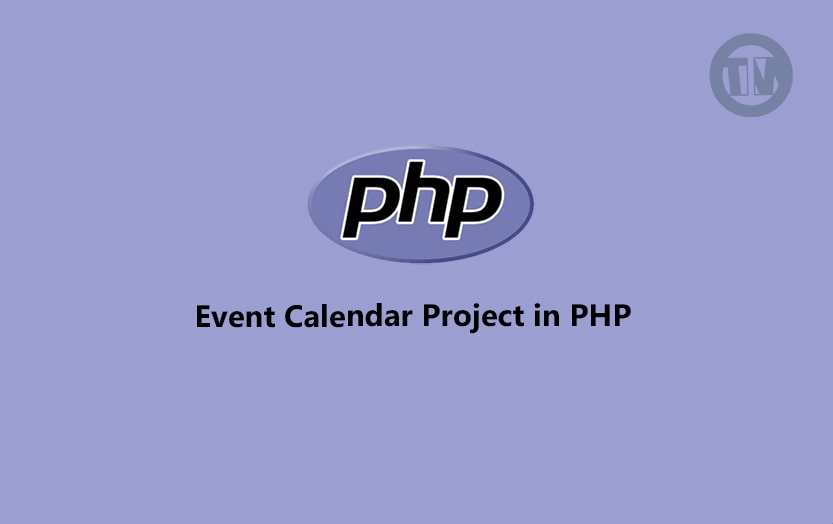
In the ever-evolving landscape of business management, efficiency and accuracy in financial operations play a pivotal role in determining the success of an organization. One of the critical aspects of managing a business’s finances is payroll management.
Ensuring that your employees are compensated accurately and on time is not just a legal requirement but also a fundamental aspect of maintaining a motivated and content workforce.
Why Payroll Management Matters
Before diving into the specifics of how to create a Payroll Management System project in Django, it’s crucial to understand why effective payroll management is essential for your business.
Legal Compliance
First and foremost, payroll management ensures that your business complies with all relevant labor laws and tax regulations. Failure to do so can result in hefty fines and legal complications that can be detrimental to your company’s reputation and finances.
Employee Satisfaction
A well-structured and efficient payroll system fosters employee satisfaction. When your employees receive their salaries accurately and on time, it enhances their trust in the organization and boosts morale.
Time and Cost Efficiency
Manual payroll processing is not only time-consuming but also prone to errors. Implementing an automated system, as we will discuss in this article, can save your company valuable time and resources.
Introducing Django for Payroll Management
Django, a high-level Python web framework, is a powerful tool for building web applications, including a robust Payroll Management System. Here’s why Django is an excellent choice for this project:
- Security Security is paramount when handling financial data. Django comes with built-in security features, such as protection against SQL injection and cross-site scripting (XSS) attacks, ensuring that your payroll data remains safe and confidential.
- Scalability As your business grows, your payroll system must be able to scale with it. Django’s modular architecture allows you to add new features and functionalities seamlessly.
- Customization Every business has unique payroll requirements. Django’s flexibility allows you to tailor your Payroll Management System to meet your company’s specific needs.
Admin Features in the Payroll Management System Project Using Django
In the Payroll Management System project built with Django, administrators are equipped with a range of powerful features to effectively manage employee and company-related tasks. Let’s explore these administrative functionalities:
- Employee Management: Admins can effortlessly add, edit, and update employee information, ensuring that the employee database is accurate and up-to-date.
- Company Management: Admins have the ability to access and modify company details, providing them with a comprehensive view of the company’s information. This feature ensures that company records are always current.
- Payroll Management: Admins can seamlessly navigate through payroll details, including viewing lists of payroll information and creating payroll records for employees. This functionality streamlines the compensation process.
- Voucher Management: Admins can easily add and edit voucher information, simplifying the management of financial transactions within the system.
- Authentication/Login: For security purposes, administrators are required to log in before gaining access to the system. This ensures that only authorized personnel can use the platform.
- Log Management: Admins have the capability to access and review system logs, providing insights into system activities and user interactions.
- Company Information: The admin can efficiently manage company information, including adding, editing, and deleting company records. This feature helps keep the company’s data organized and accurate.
Payroll Management System Project in Django with Source Code
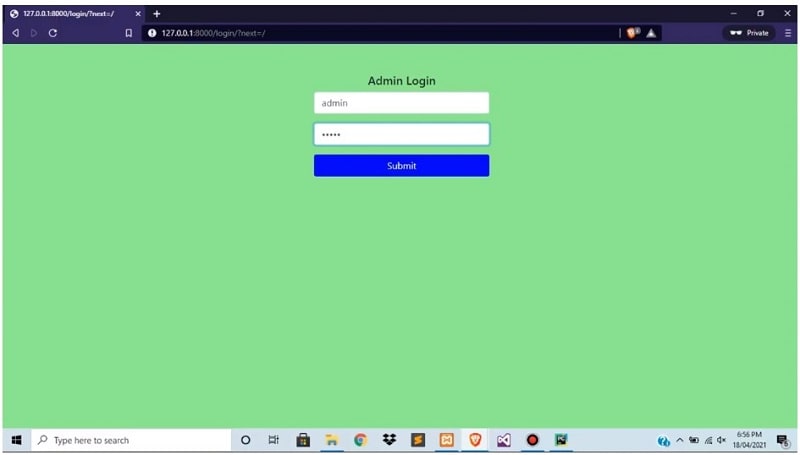
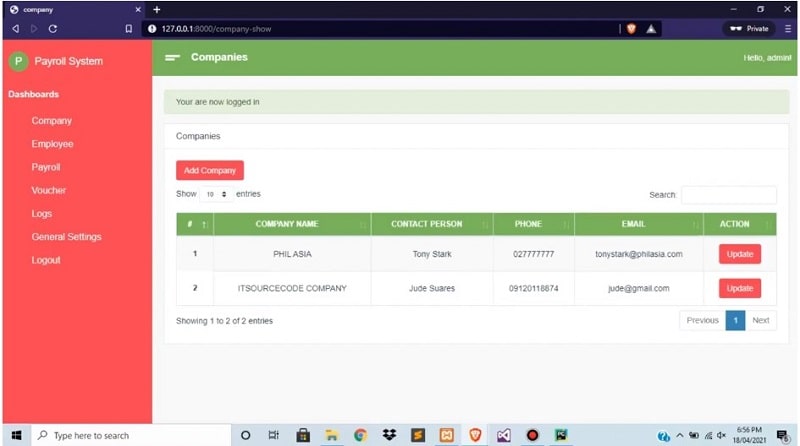
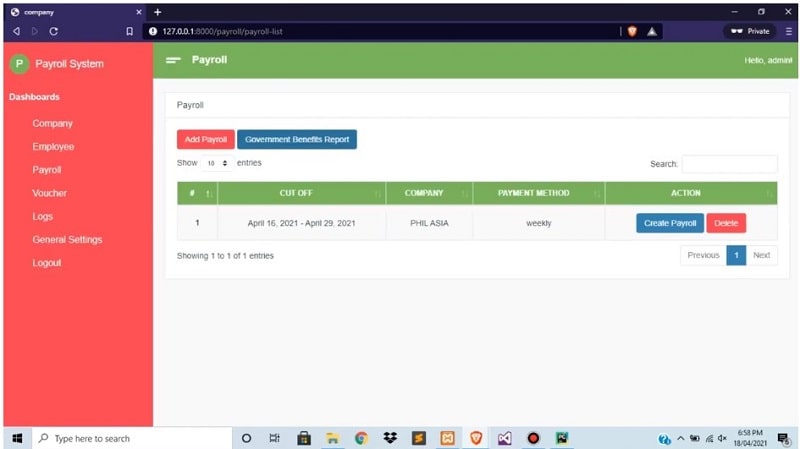
| About Project | Project Details |
|---|---|
| Project Name | Payroll Management System Project in Django |
| Python version (Recommended) | 3.8 Version |
| Programming Language Used | Python Django Language |
| Project Type | Web Application |
| IDE Tool (Recommended) | Sublime, Visual Studio, PyCharm |
| Database | SQLite |
| Link Download | Download Now |
How to Create the Payroll Management System Project
Creating a Payroll Management System project using Django involves several steps. Here’s a step-by-step guide to get you started:
Step 1: Open Your IDE
Begin by opening your preferred Integrated Development Environment (IDE). In this example, we’ll use PyCharm Professional.
Step 2: Start a New Project
Go to the File menu and select New Project.
Step 3: Choose Django
In the new project dialog, select Django as your project type.
Step 4: Define the File Location
Choose the location where you want to create your project files.
Step 5: Name Your Application
Provide a name for your Django application within the project.
Step 6: Create Your Project
Finish the project creation process by clicking the Create button.
Step 7: Begin Coding
With your project set up, you can start coding and adding functionality to your Django application. This is where you’ll implement the admin features mentioned earlier.
How To Run The Payroll Management System Project
If you’re ready to get the Payroll Management System project up and running in Django, follow these simple steps:
Step 1: Extract or Unzip the File
Begin by extracting or unzipping the project file to access its contents.
Step 2: Navigate to the Project Folder
Open your command prompt (cmd) and navigate to the project folder where you extracted the files. This is where you’ll perform the necessary setup.
Step 3: Install Django and Start the Web Server
In the command prompt, type the following commands one by one to install the Django framework and start the web server:
pip install -r requirements.txt
python manage.py migrate
python manage.py runserver
Step 4: Access the Web Application
Once the server is up and running, open your web browser and go to the following URL: http://127.0.0.1:8000/
For Admin Panel Access:
Username: admin
Password: admin12345
Conclusion
In conclusion, a Payroll Management System project in Django can significantly enhance your business’s financial operations. It ensures legal compliance, boosts employee satisfaction, and saves time and costs. By following the steps outlined in this article and harnessing the power of Django, you can streamline your payroll processes and position your company for success.
Implementing an automated Payroll Management System is a proactive step toward efficient financial management, and it’s a testament to your commitment to the well-being of your employees. So, take the initiative, embrace Django, and watch your business thrive in the modern era of finance management.

